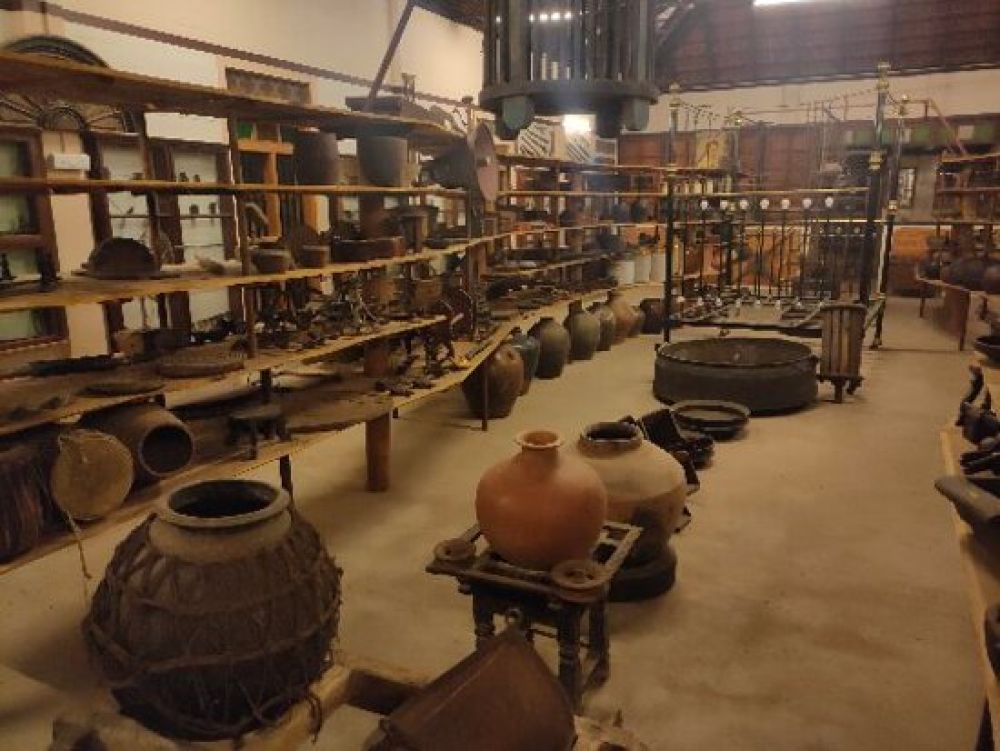

Lying in the lap of the Vembanad Lake, Kumarakom in Kerala is a quaint village that has become a well-known destination for those looking to experience the serenity and beauty of the backwaters. The history of tourism in Kumarakom is as fascinating as its serene waterscapes and lush greenery.
Kumarakom began attracting tourists in the 1980s when the Kerala Tourism Development Corporation (KTDC) took over an old estate and turned it into a resort. However, it was the establishment of luxury and boutique resorts that really set the stage for Kumarakom as a world-class tourist destination. The village has witnessed a steady increase in footfall ever since the Taj Group opened its first property back in 1991. Furthermore, 'God’s Own Country’ as a tourism brand launched by the state has helped place Kumarakom on the global map.
Kumarakom's rise to prominence in the travel industry was also aided by the Kerala model of tourism, which emphasizes sustainability and community involvement. The Responsible Tourism initiative taken up by the state has been successful in integrating the local community in the tourism industry by promoting homestays, local arts, and crafts.
The Kumarakom Craft Museum, which is a more recent addition to the tourist map, serves as a testament to Kerala's rich cultural tapestry. Showcasing a splendid range of artefacts including traditional boats, utensils, furniture, and other items that mirror the ancestral craftsmanship of the region, the museum is a hub for art and history enthusiasts.
Visitors to the museum can experience the ethnographic heritage of Kumarakom, get insights into the local crafts, and understand how these traditions are intertwined with the lives of the people in Kerala.
Considering the latest trends, experiential travel is taking center stage in Kumarakom. Tourists are increasingly looking for authentic experiences over plain sightseeing. This includes partaking in local festivals, engaging in village life, and learning about the place through its cuisine and craft.
Eco-tourism is also trending, where visitors seek to minimize their ecological impact while enjoying the natural splendor of Kumarakom. Bird watching in the Kumarakom Bird Sanctuary and cruising through the backwaters in houseboats that follow responsible tourism practices are prime examples of this trend.
Health and wellness tourism is another growing segment, with many resorts offering traditional Ayurvedic spa treatments and yoga retreats, leveraging Kerala’s reputation as a destination for rejuvenation and healing.
With the blend of relaxing backwaters, the tropical climate, rich cultural heritage, and responsible tourism practices, Kumarakom continues to be an enchanting destination for travelers from across the globe. The Kumarakom Craft Museum, as a reflection of the region's legacy, plays an integral role in creating a deeper connection between tourists and the living traditions of Kerala, enriching their travel experience in a distinctive way.